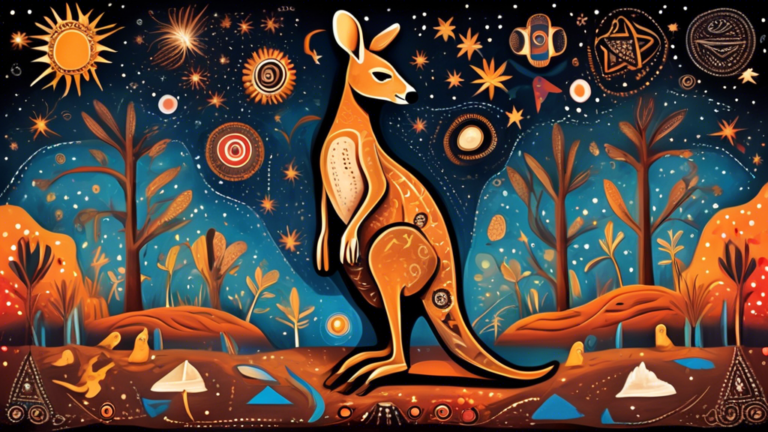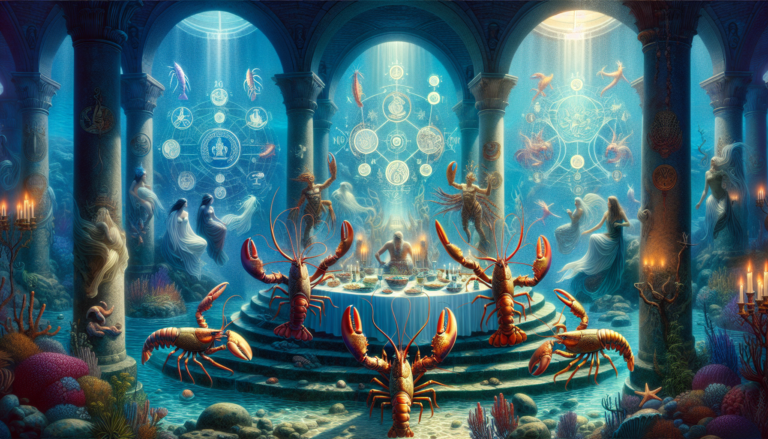Exploring the Symbolism of the Ostrich
Introduction to the Significance of the Ostrich
The ostrich, renowned as the world’s largest bird, holds a rich tapestry of symbolism and meaning across various cultures and historical contexts. Known for its distinctive appearance and unique behaviors, the ostrich has inspired myths, folklore, and cultural representations that reveal much about human values and perceptions throughout history.
Cultural Symbolism of the Ostrich
In exploring the symbolism of the ostrich, it’s essential to journey across different continents and eras, where this remarkable bird has been perceived in numerous lights, from sacred and majestic to humorous and ironic.
Ancient and Spiritual Representations
In ancient Egypt, the ostrich was revered, a practice highlighted by the use of ostrich feathers in various ceremonial capacities. The feathers represented truth and purity and were often associated with Ma’at, the goddess of justice and balance. This association is depicted in the weighing of the heart ceremony found in the Book of the Dead, where a heart lighter than an ostrich feather signifies purity and moral integrity.
Moving to sub-Saharan Africa, the ostrich features prominently in the folklore and art of many cultures, symbolizing everything from speed and strength to beauty and fertility. Among the San people of the Kalahari, the large bird is often depicted in rock art, signifying its importance in ritualistic and survival contexts.
Modern Symbolism and Uses
In modern times, the symbolism of the ostrich has evolved, often reflecting contemporary issues and themes. It is not uncommon to encounter the myth that ostriches bury their heads in the sand when threatened, a misconception widely employed as a metaphor for denial or avoidance in human behavior. While this behavior is biologically inaccurate—it originates from observing ostriches lowering their heads to ingest sand and pebbles for digestion—it provides a poignant illustration of how animal behavior is often misunderstood and repurposed in human folklore.
Navigating Symbolism in Art and Literature
The ostrich’s unique form and characteristics have also made it a subject of interest in art and literature, where it often symbolizes otherworldliness or the incongruities of nature. Its prominent eyelashes and long neck inspire comparisons to the elegance of haute couture, whereas its inability to fly and swift land speeds showcase a blend of the fantastical with the grounded—a creature of the earth yet seemingly designed for the clouds.
Literary Depictions
In literature, references to ostriches often invoke themes of rarity and strangeness. For example, in Michael Ende’s novel The Neverending Story, a racing ostrich-like creature emphasizes the bizarre and dreamlike quality of the fantasy realm. This can signify the broader literary use of the bird as a bridge between the real and the surreal, the mundane and the fantastic.
Ecological and Environmental Symbolism
In the context of global environmental consciousness, the ostrich also stands as a symbol of adaptation and survival. As a bird that has adapted to some of the harshest environments on earth, it embodies resilience and the ability to thrive under challenging conditions. Conservation efforts to protect ostrich habitats not only secure a future for this fascinating bird but also remind us of the importance of sustainability and respect for nature.
Conclusion
The ostrich, with its rich array of symbolic meanings, is more than just a bird; it is a mirror reflecting human beliefs, fears, and aspirations. From ancient spiritual iconography to modern literary metaphors, the symbolic versatility of the ostrich traverses a spectrum as broad and expansive as the landscapes it roams. Understanding the myriad ways in which this bird has been perceived can provide us with deeper insights into both our past cultural practices and our present environmental responsibilities.
The Symbolic Meaning of Rhinos: Ancient Representations and Modern Associations
Exploring the Symbolic Meaning of Cheetahs







